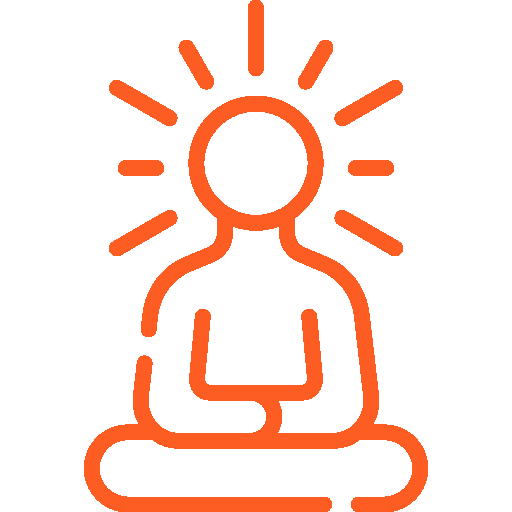
Anyone can learn how to meditate, regardless of background or beliefs. Our community meeting will introduce you to the basics of meditation.
The purpose of meditation is to give you a sense of calm, peace and balance that can benefit both your emotional well-being and your overall health.
In life, often most of our time and energy is devoted to mundane activities, such as seeking material and emotional security, enjoying sensory pleasures, developing a good reputation and so on.
Although these things might make us happy for a short time, we often find that these moments of temporary happiness turn right back into dissatisfaction and once more we find ourselves engaged in the chasing more worldly pleasures. And this cycle of pleasure and dissatisfaction repeats.
True fulfillment cannot be found from external circumstances, it must come from within our own mind. With meditation we come to better understand that happiness is a state of mind. If our mind is pure and peaceful, the world we experience will also be pure and peaceful. That’s the goal of meditation. It is not easy, it takes time and practice.
Types of Meditation
1. Mindfulness of Breath
- Focus on your breathing to anchor yourself in the present moment.
2. Body Scan
- Progressively focus on different parts of your body to release tension and build awareness.
3. Loving-Kindness (Metta)
- Cultivate feelings of compassion and love toward yourself and others.
4. Gratitude Meditation
- Reflect on things you are grateful for to foster a positive mindset.
5. Visualization
- Imagine a peaceful scene, like a beach or forest, to relax your mind and body.
6. Letting Go
- Focus on releasing negative thoughts, emotions, or attachments that no longer serve you.
7. Focus on a Mantra
- Repeat a word, phrase, or sound (like “Om”) to deepen concentration and calm the mind.
8. Awareness of Thoughts
- Observe your thoughts without judgment to cultivate awareness and detachment.